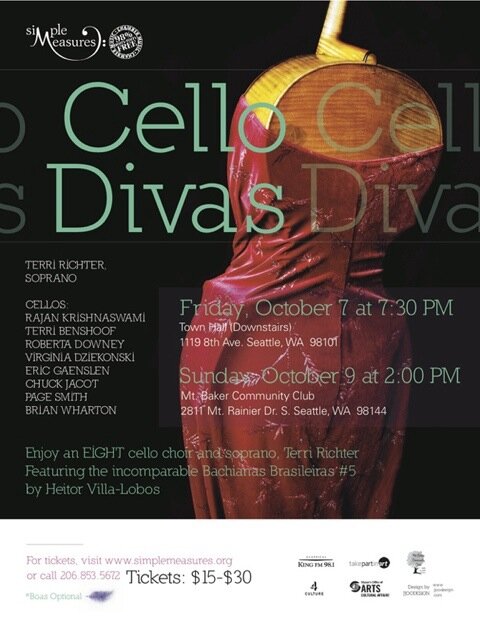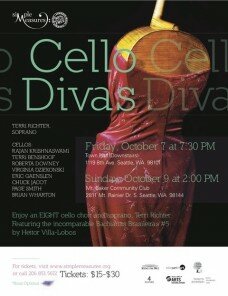James Callan has written with The SunBreak crew for approximately a billion years. We proudly present his latest dispatch from the parental front.
Before I actually had a kid, “kids’ music” to me meant Raffi. And I didn’t really know what Raffi sounded like, but I knew what I thought he sounded like: a slightly hipper Barney.
The thing about Raffi: So ’90s! Kids’ music has come a long way, baby. It’s not necessarily better (please Raffi don’t hurt me), but now, kids in tow, I’ve figured out that there’s a big, vibrant kids’ music scene out there. My choices go beyond Raffi, vintage Sesame Street albums, or the growing list in my own iTunes collection of vetted non-potty-mouth songs. In short: There’s good music out there for kids.
Seattle’s a vital center–which makes sense once you figure out that all those young people who were making music here in the ’90s are still here and still making music and have very possibly had kids themselves. We’re home to the Kindiependent scene, independent bands who play kids’ music, and a focused collective that’s been
generous with local concerts.
Their latest toddlapalooza is Big Top Rock, a genius collaboration with Teatro Zinzanni that combines ever-hip circus fun with kick-bottom kids’ bands. This weekend marks the third and final concert, featuring The Board of Education opening for The Not-Its.
Kindiependent bills The Not-Its* as “your child’s first rock band,” and it’s a great description. They’re the loudest, hardest rocking band in the Kindiependent collective. If their pink and black and white color scheme didn’t call the White Stripes to mind, their really noisy sound might do it anyway. They’re the Rolling Stones compared to the Beatles that are Recess Monkey or Caspar Babypants. (I’d pander to my generation and make a Nirvana vs. Pearl Jam comparison, but that has overtones of authenticity vs. sellout that don’t belong in the Kindiependent sandbox.)
The Not-Its are so noisy, in fact, that I wondered if my delicate flower of a daughter would enjoy them. Would they be, heaven forbid, too darn loud for kids today?
Turns out that, as usual, I’m useless at predicting my daughter’s tastes. She loved them. (Turns out kids like noise.) We’ve seen them in concert twice, and she’s super excited about going again on Saturday.
The rock attitude, in fact, dovetails nicely for kids’ music. Rock ‘n’ roll long ago shed most of its rebel cachet–5-year-olds sing along with Ramones songs. But the Not-Its reframe that attitude to capture very youthful aggression. Case in point: Their song “Time Out to Rock” is from the defiant perspective of a kid who’s fed up with being told to “use your words” or that “it’s bedtime, honey.” She puts all of us who won’t play with her into time out–time out to rock.
Time in for the Not-Its, though. Grab a kid (get parental approval) and head down to Teatro Zinzanni this Saturday to catch the full show, circus, and bands. Maybe you want to buy tickets ahead of time, though.
*I wondered why they used the hyphen until I tried to parse their URL without it, then realized it was a great call.


